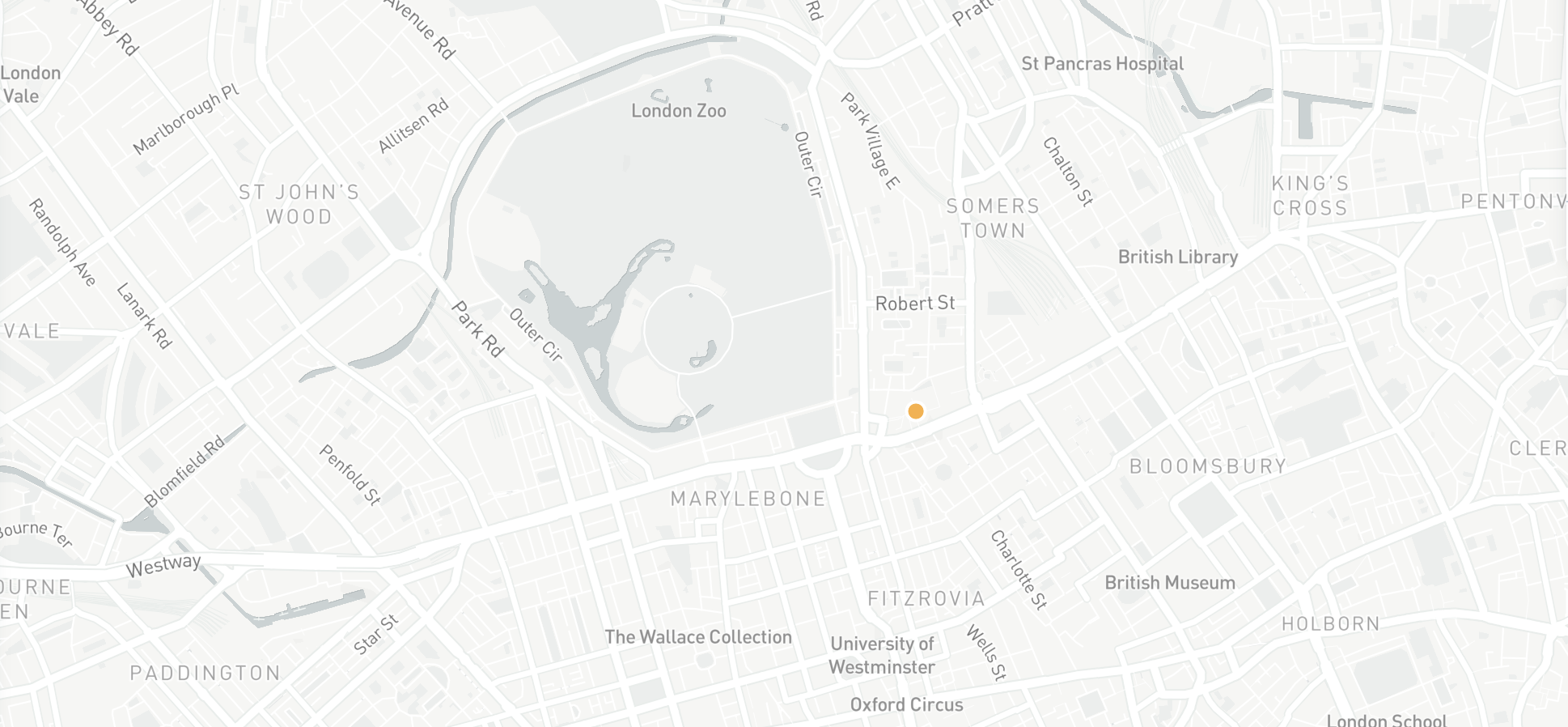A Guide for First Time Speakers and Presenters
As a first-time speaker, it’s only natural to be apprehensive about it. While it might be normal to speak to a small group of people conversationally, it’s a completely different ball game when you’re tasked with giving a presentation to a room of strangers.
Whether you’re chatting about something you’ve been passionate about for years or something you’ve spent the past two months getting to grips with, public speaking is a valuable skill to possess that can drastically accelerate your career.
In this blog, we’ll explore the top tips for first-time speakers to ace their public speaking and have the audience give them a standing ovation.
Quick links:
Key planning and preparation
It should go without saying that you’ll be experienced in your presentation’s subject matter, but part of keeping your cool during the preparation is knowing your material like the back of your hand.

Know your topic and purpose
Knowing your content inside and out is non-negotiable. This isn’t about memorising lines – it’s about understanding your material so well that you can explain it in your own words, particularly if any questions are directed at you throughout. If you can’t talk about your key points naturally, you’re not ready to step in front of an audience.
Having said that, even the experts might not know absolutely everything. If you’re unsure about an answer, don’t be afraid to tell someone that you’ll get back to them once you’ve clarified the answer.
Once your topic is nailed down, you can start to craft the purpose of your talk or presentation. Is your goal to inform? Inspire? Teach something new? Persuade your audience? Your purpose will guide the tone, structure, and content of your presentation.
Once you know your purpose, define 2–3 key messages you want your audience to remember. These should be short, clear, and relevant to your goal. If your audience only remembers a few things, what should they be?
Keep your content focused. Cut out anything that doesn’t support your key messages. Avoid overloading your talk with too much data or backstory. Ultimately, too little focus can dilute the message you’re trying to send, leading to your audience leaving your presentation confused.
Understand your audience
A great presentation starts with knowing who you’re talking to. Your audience’s knowledge level, interests, and expectations should shape every part of your talk. You can tailor your presentation by researching the industry your audience is in. If the audience is from a range of industries, look at what connects them. They might be attending a conference about renewable energy, so that would be the lens which your presentation should be through.
A formal audience may expect structured delivery, while a casual group might respond better to a conversational style. Similarly, avoid jargon unless you’re sure your audience knows it, and even then, it’s smart to define it briefly to avoid some audience members feeling left behind.
To hit points home, use recognisable and relatable examples so that the audience can contextualise the points you’re trying to put across.
Use support tools
Whether it’s your first time speaking or your hundredth, support tools can be a game-changer. Use cheat sheets, flash cards, or speaker notes to stay on track, coming in especially useful when nerves kick in or your mind goes blank.
Keep them clear and simple: bullet points, keywords, or short prompts. Full scripts might sound great, but they’re difficult to read while you’re mid-flow. You just need hints to jog your memory and get you back on track.
Rehearse using your tools so they feel like a natural part of your presentation, not a crutch or a distraction.
Practice and build confidence
When it comes to practising a presentation, there are no shortcuts; you’ve just got to put the hours in to ensure that your presentation is polished and professional. You should practise out loud, so you can hear how the words sound coming out of your mouth. You might notice that certain words are easy to type next to each other but difficult to say out loud, so it’d be wise to alter the word choice.
Try practising in front of a mirror to check your body language and facial expressions. When you’ve got it almost nailed, put yourself in front of a mock audience (family & friends) so they can give you feedback and build your confidence.
As you practice, refine your content. Cut what feels clunky, tweak anything hard to say, and polish transitions between points.
And remember: nerves are normal. They ease with repetition. The more you practice, the more natural you’ll sound and the more relaxed you’ll feel.

Your content doesn’t just have to be informative; it must hold the attention of your audience. You can achieve this by the way you design and organise your presentation to confidently engage your audience and turn your subject matter into something worth listening to.
Keep slides simple and visual
The slides that are shown behind you are meant to be supplementary to the words coming out of your mouth. Avoid cramming slides with text; stick to bullet points that summarise your talking points.
Images alongside these bullet points can not only drive your point home but also help to keep your audience engaged. Icons, charts, and diagrams can also assist you throughout your presentation.
Having said that, don’t cram your presentation with images just for the sake of it. Make use of white space and clean design to hold your audience’s attention. Font and colour can also be used effectively to aid your presentation, ensuring that the words can be clearly read and understood.
And finally, always test your slides in advance on the projector or shared screen you’ll be using. Make sure everything is readable and formatted correctly. Don’t forget to check for tech issues ahead of time.
Managing nerves before and during your talk
Feeling nervous? That’s completely normal. Here are some techniques to help you stay calm and in control.
Use breathing and mindfulness techniques
Even seasoned speakers get nervous, but nerves are manageable by remembering to breathe properly. Inhale for four seconds, hold for four seconds, and exhale for four seconds. While we’re not expecting you to count to four during your presentation, practising this beforehand will make this breathing technique natural for you.
Visualise success
Visualise a calm, successful outcome. See yourself doing well. This mental shift can turn anxiety into focus, particularly if incorporated early into your planning stages.
You can help pace yourself by adding short pauses before you begin or between sections. This can be achieved seamlessly by doing things like taking a sip of water or giving the audience a second to read the text on the slide you’re about to move on from.

On the day of your presentation
Feeling prepared on the day comes down to a few smart moves. Here’s what to do to make sure you impress both management and your audience.
Arrive early and settle in
You don’t want to fluster yourself by arriving late. Get there early and take your time setting up and getting some final preparation in. This will reduce stress and give you time to adjust.
Use the extra minutes to get familiar with the room, where you’ll stand, where the audience sits, and how your voice carries. If possible, get someone at the back of the room to judge how loud your voice is, to avoid straining ears during your presentation.
Now, it’s time for some final checks of your slides, the lighting and the equipment you’ll be using. Technology can be notoriously fickle, so by arriving with plenty of time to spare, you can resolve any issues.
If you can, greet a few audience members. It builds early rapport and makes the room feel more welcoming.
Have a backup plan
Even the best plans can hit a snag, so be sure to prepare for the worst. Make sure that your presentation is available to you in both a digital copy on something like a USB drive and on paper, so that even if the projector fails, you can still give your presentation professionally.
If something goes wrong, stay calm and carry on. Most audiences are understanding, and your composure will impress them more than perfection.
Speak clearly and pace yourself
When nerves hit, many speakers rush, trying to speed through the awkwardness and embarrassment, but this is the wrong way to address nerves. Instead, slow your breathing and speaking down. Speak clearly and with a steady pause, utilising pauses to steady yourself.
Everyone prepares for presentations differently, but one thing is certain: if you fail to prepare, then prepare to fail.
Every great speaker starts somewhere. Nervousness is normal, but preparation will ensure that you ace your next presentation, getting better each time.
Click here for the latest news and features from SEFE or visit our homepage to find out about our latest career opportunities.
The views, opinions and positions expressed within this article are those of our third-party content providers alone and do not represent those of SEFE. The accuracy, completeness and validity of any statements made within this article are not guaranteed. SEFE accepts no liability for any errors, omissions or representations.







